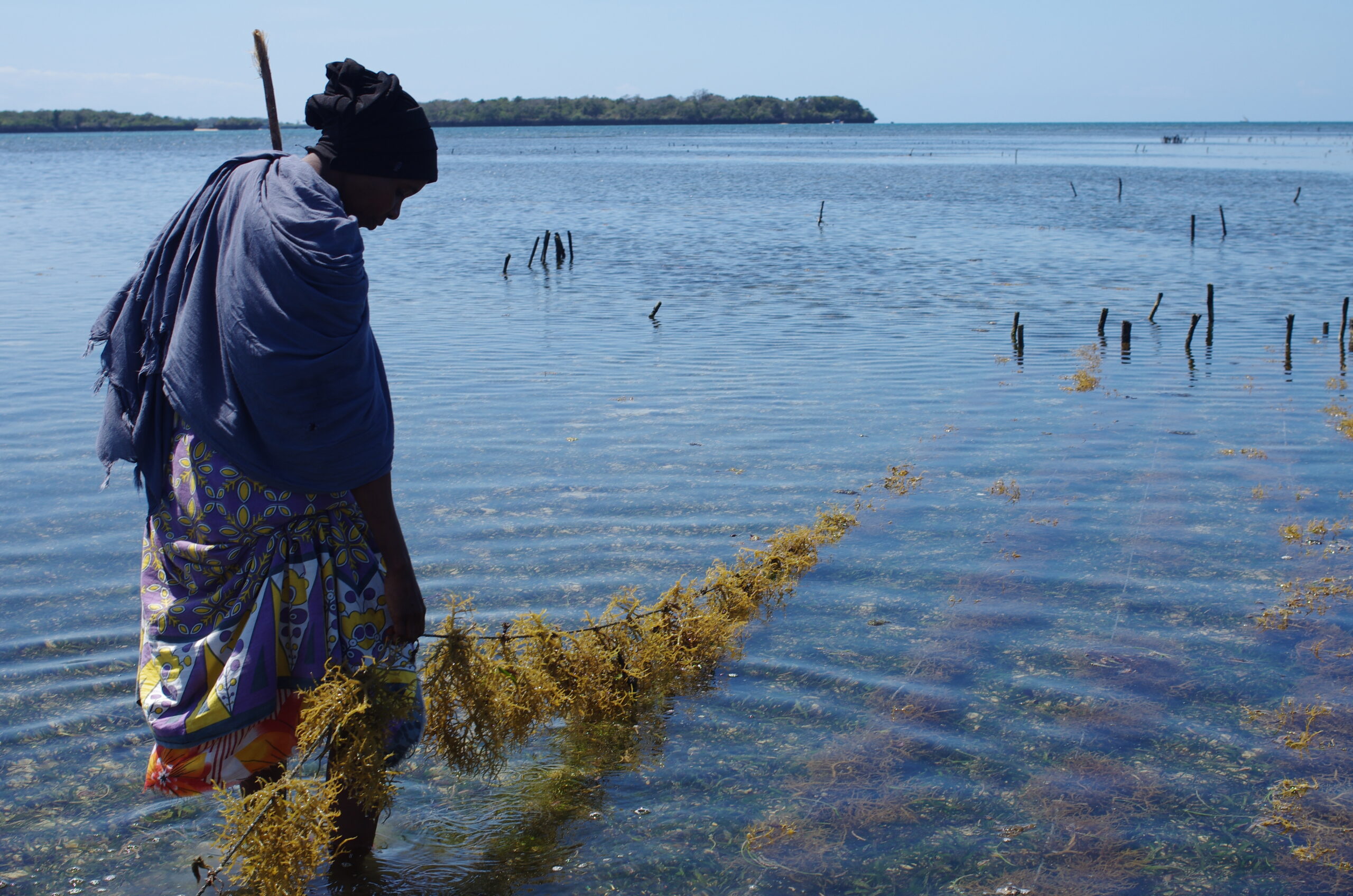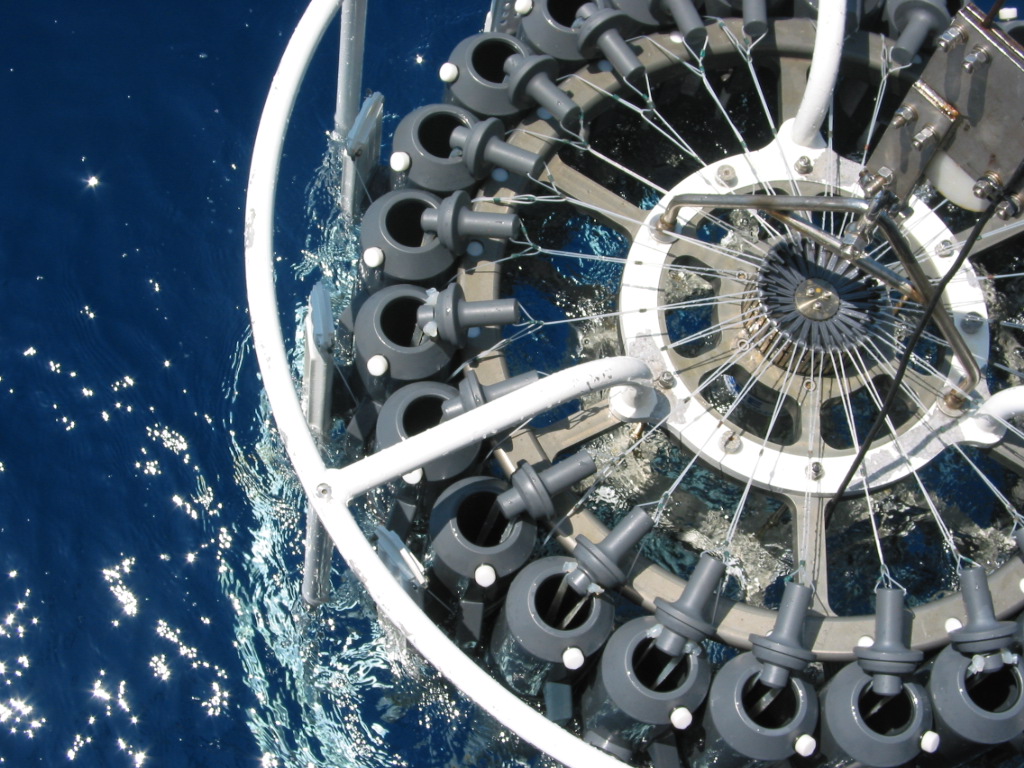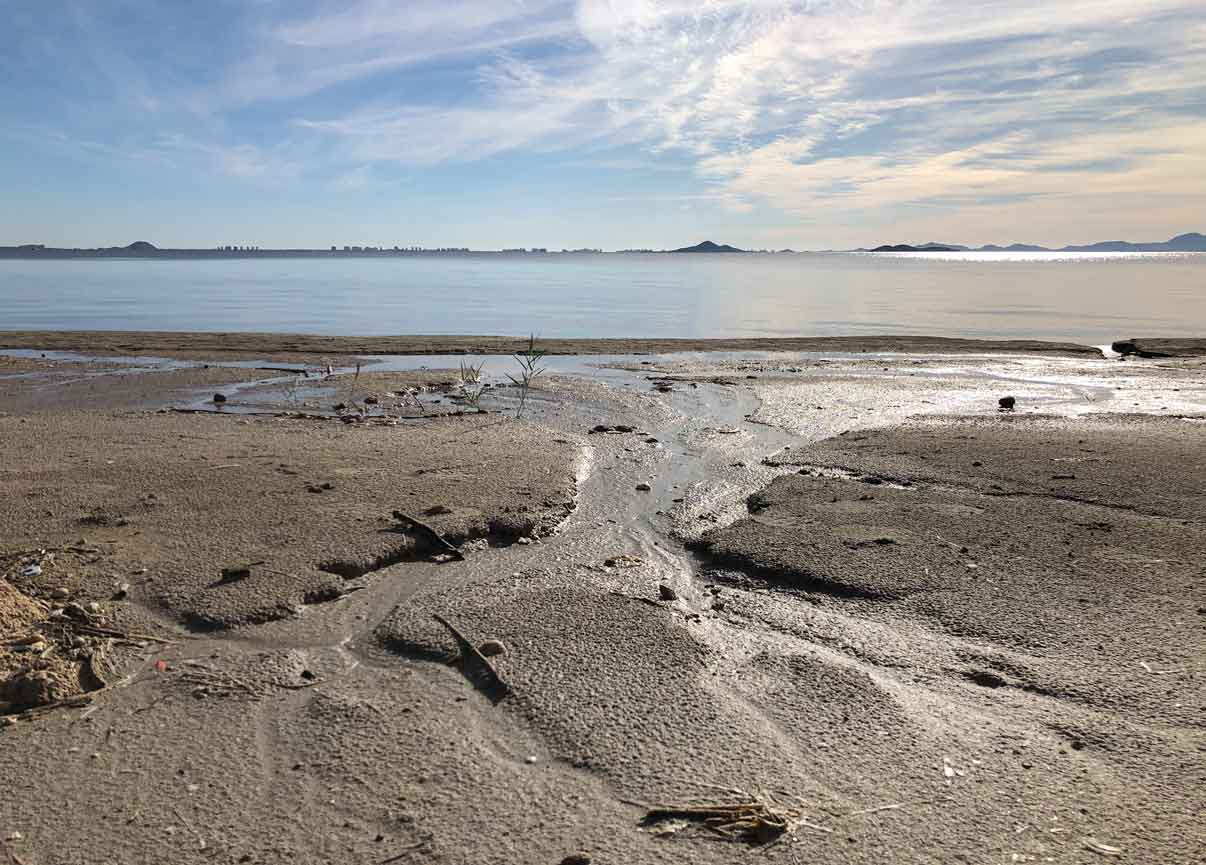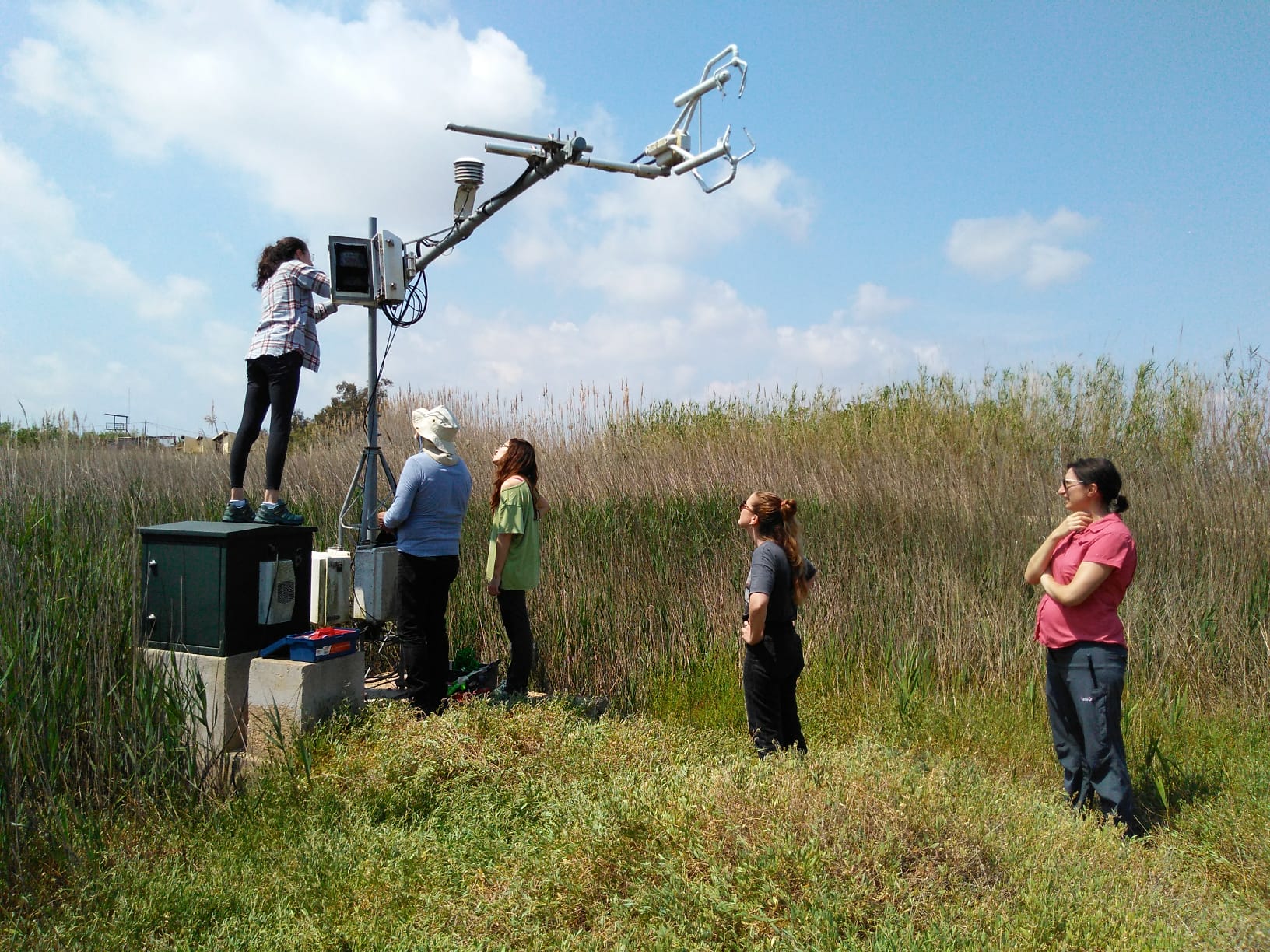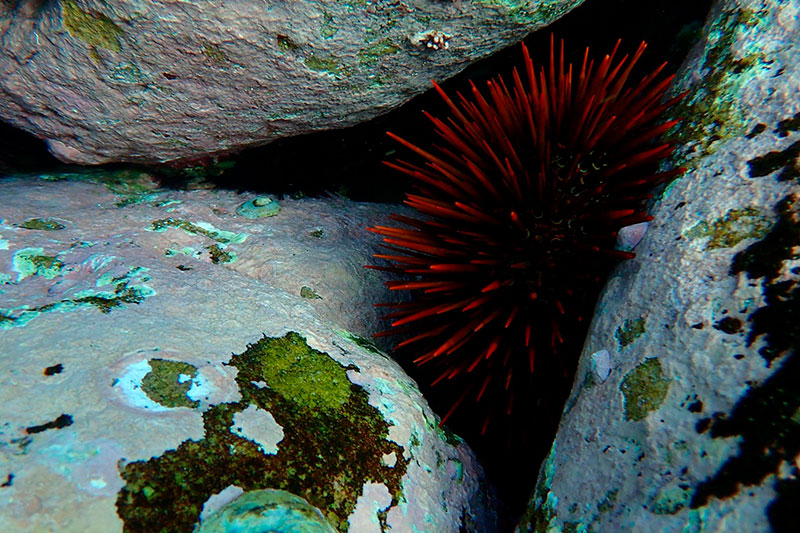Research Line
Marine ecology and biodiversity
Exploring Human Impact on Ocean Biodiversity: From Micro-organisms to Mediterranean Ecosystems.
The oceans represent the largest ecosystem of our planet. Human activities directly or indirectly affect marine ecosystems and species distribution by harvesting (e.g. commercial species), or alteration of marine environments (e.g. ocean acidification, ocean warming) producing cumulative impacts that reduce ecosystem complexity and species number. The biodiversity loss may have cascading effects by reducing resilience of ecosystems to rapid environmental changes. In particular, the biodiversity, complexity and size spectrum of phytoplankton community largely determine the trophic organization and species diversity of pelagic ecosystems including the food availability for the higher trophic levels, the metabolic activities, nutrient remineralization and export of organic matter. Interestingly, scientific knowledge of biodiversity relates inversely with species size, with far lesser knowledge of small organisms. Scientific knowledge of biodiversity relates inversely with size, with far lesser knowledge of small organisms.
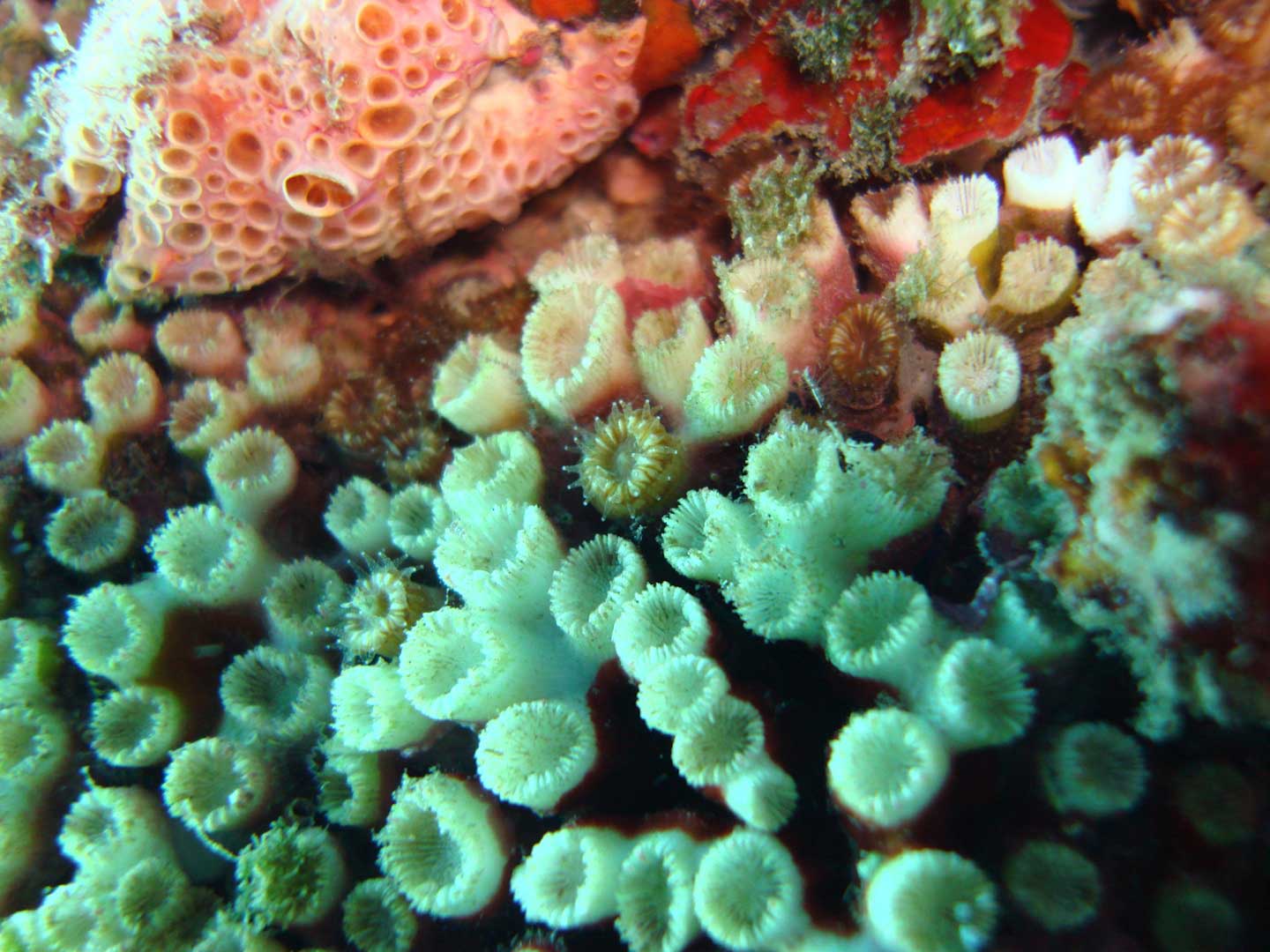
Cladocora Caespitosa (Photo: R. Rodolfo-Metalpa).
Major research lines within this MERS topic are:
- Biodiversity of micro-planktonic marine calcifying organisms; determining the environmental and physiological factors controlling their distribution and detecting their variability under human-induced climate and environmental change
- Mediterranean biodiversity loss and social perception. We are addressing the biodiversity loss by focusing on two key Mediterranean habitats: the coralligenous system (calcareous formations of encrusting corals and algae) and seagrass meadows. A focus of our work is the red coral, a cnidarian semi-endemic of the Mediterranean is an important engineering species of the coralligenous formation, increasing its complexity and serves as protection for several species.
- Comparison between open ocean pelagic versus coastal communities. Which species can adapt to rapid ongoing environmental change?
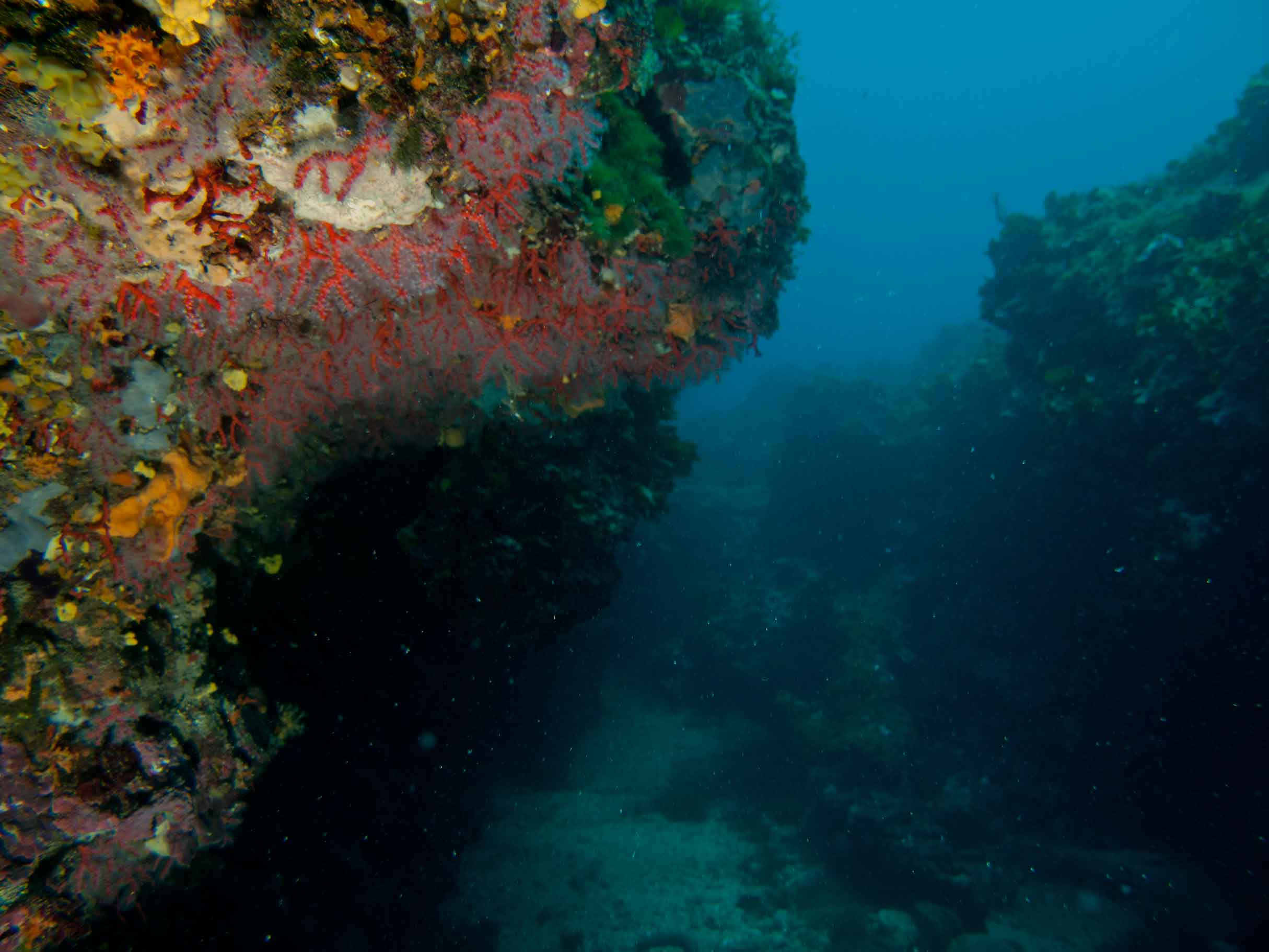
Red Coral (Photo: P. Ziveri).
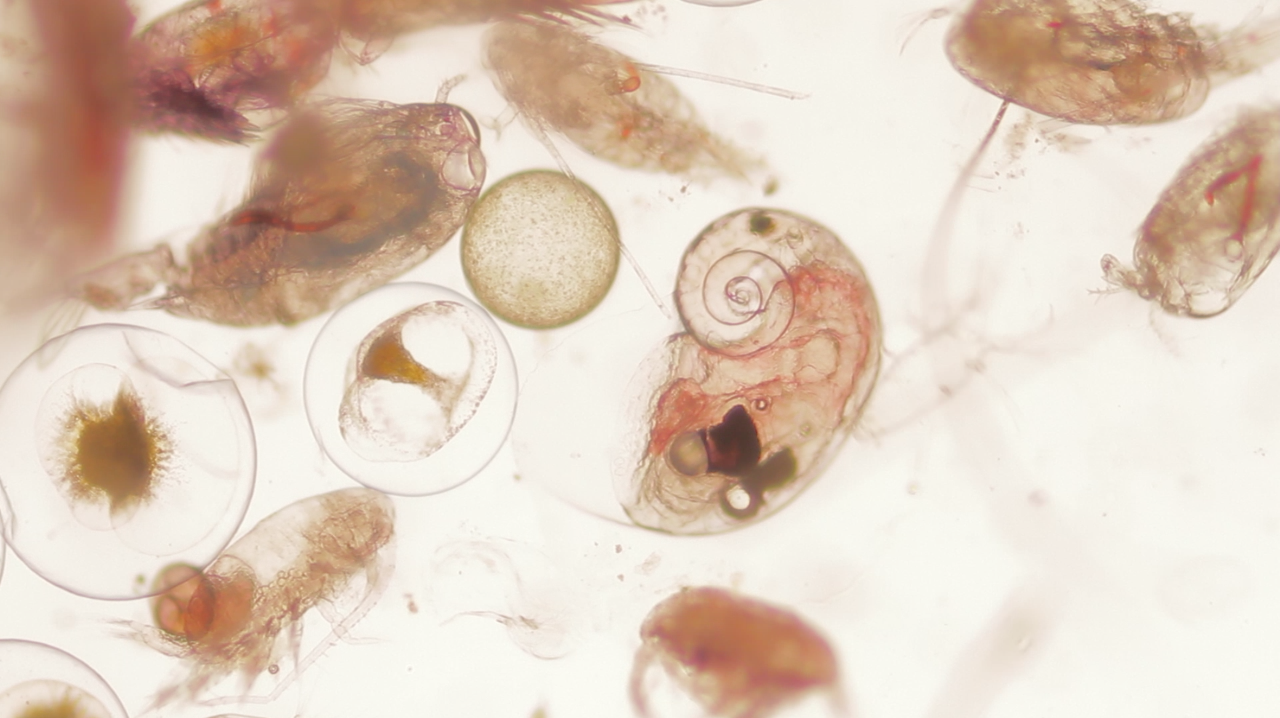
Plankton under the microscope (Photo: P. Ziveri).
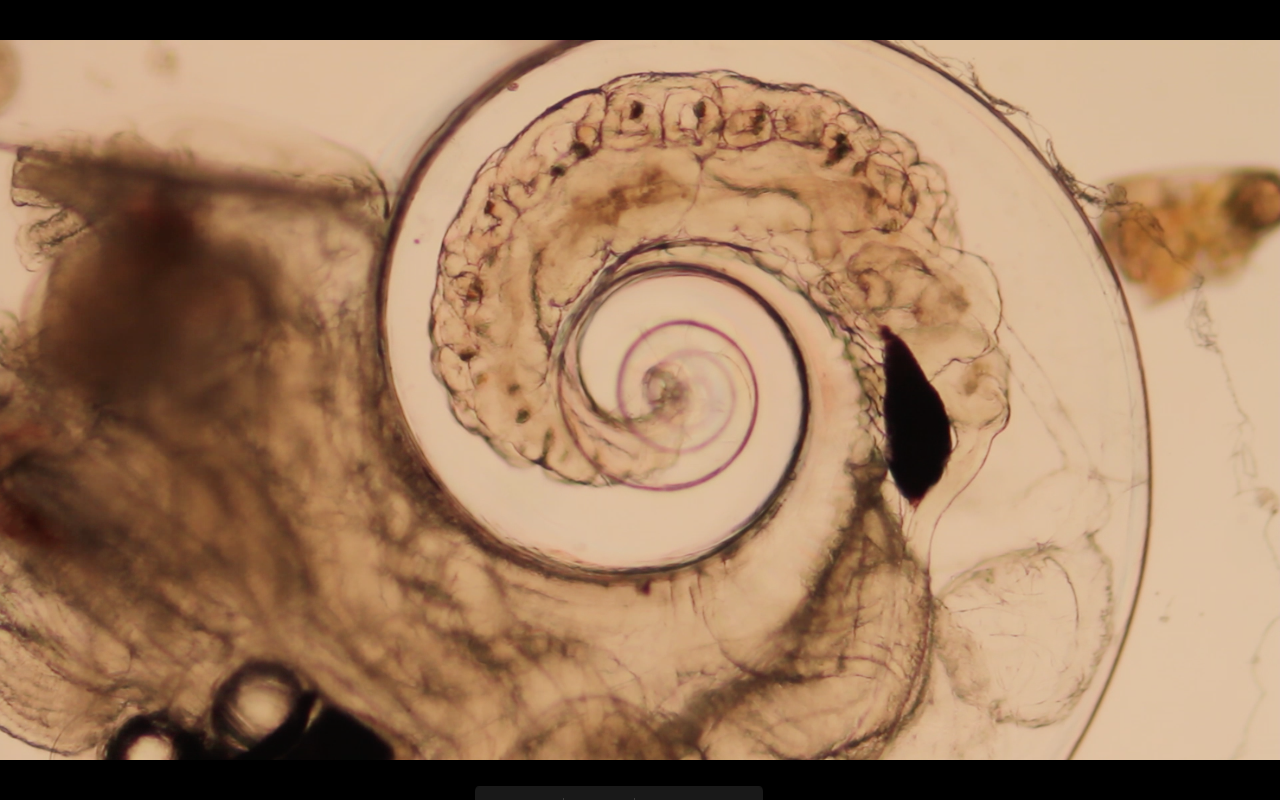
Detail of heteropod under the microscope (Photo: P. Ziveri).

